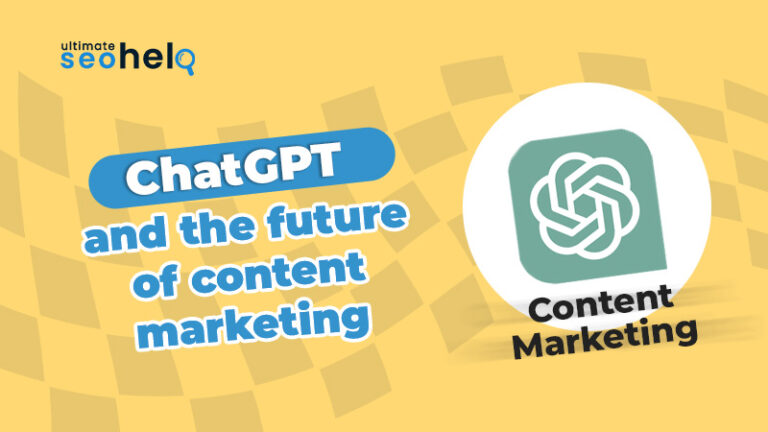WhileFrom choosing a topic – to conducting research – to writing the blog – and finally clicking the “Publish” button, this entire process often demands countless hours. Therefore, it could be a major letdown if your post fails to receive the traffic you expected. Thankfully, there is a way to deal with low traffic, i.e., Search Engine Optimization!
As digital marketers, we always aim to find new content strategy that will rank your posts on the top pages of Google, and SEO is the bridge that will get you there! That raises a question – How do you incorporate SEO content writing into your blogs? Let’s answer this with 8 tips for writing blogs to rank higher on search engines.
8 Tips for Writing Blogs to Rank Higher on Search Engines In 2024
Writing a blog post is super tricky! It’s like a delicate dance between writing for readers and search engines. Anyone can advise on what makes a good blog post, but most of these ideas are directed toward SEO specialists or amazing bloggers who don’t even mention SEO. So, where should the middle-ground people go?
That’s why this blog post aims to provide writers with valuable bullet points on how to create blog posts. You can apply these tips for writing blog or clients to produce a successful blog by seamlessly combining on-page SEO with fantastic writing skills.
1. Choose a Relevant Topic and Create Valuable Content
To rank well in search engines, start by selecting a relevant and exciting topic for your blog. The topic must be related to your business to attract more readers that you’re looking for. Research and understand your target audience’s interests and pain points to create valuable content that addresses their needs. Providing helpful and informative content will increase your chances of ranking higher and capturing the reader’s attention.
Use “Google Keyword Planner,” a free tool from Google that helps you find topics for a perfect blog. Type the subject into the keyword planner, select “Get Ideas,” and you’ll be presented with valuable recommendations for important keywords to include in your blog post and title.
2. Identify and Use Keywords
Did you know that over 99,000 search queries are made per second on Google search engines? So, find the most popular keywords your audience seeks to outperform your competitors. Besides Google Keyword Planner, “Google Trends” is a valuable tool for finding the best keywords.
Once you find all the popular keywords, insert them naturally in your blog because forcing them into your blog can make them sound awkward. Let them flow smoothly through your writing. And make sure not to reuse the exact keywords as it is called “keyword stuffing,” which can significantly drop your SEO rankings.
3. Create Titles that Capture Attention
After you have decided on the best keywords to use, use some of the highest-ranking phrases to create a headline. According to Backlinko, 20 different headline formats will grab readers’ attention and entice them to read your content. The title for an ideal blog post is 60 characters.
For best results, Buzzsumo recommends keeping your blog’s title between 12 and 18 words long. Another tip is to add brackets “( ) “to your blog title. As per an online study by Outbrain, titles with brackets rank 38% higher than others.
4. Focus on Structure and Length
Knowing the fundamental elements in your blog post’s structure will help you create engaging content. The basic format of a blog post is an “Introduction” section that tells readers what to expect, a “Body” section that contains all the vital information that you want to convey, and a “Conclusion” section that is the summary of the entire post. Following this strategy will make your blog more effective and easier to read.
Google favors comprehensive content! Questions answered more thoroughly have greater authority and rank higher on SERPs. Therefore, you should aim for 1500 – 2000 words for a blog to optimize your content for ranking higher. Always remember, quality is always better than quantity.
5. Include a Call to Action
Your posts should always contain a call-to-action (CTA). A CTA is an invitation to perform a specific action. For example, a button or link that directs the reader to a landing page where they may make an appointment, for instance, is a CTA.
Whether subscribing to your newsletter, leaving a comment, or sharing the post on social media, a well-placed CTA can help you achieve your desired outcome and improve user interaction signals, positively impacting your rankings.
6. Optimize for SEO
Optimizing your blog for Search Engine Optimization (SEO) is another way to rank high on Google’s search engine. With keywords, well-structured long-form posts, and writing relevant content, you should also use link-building techniques, optimize your image alt text, and optimize your photos to get the fastest page speed. By addressing each of these SEO elements, your blog content will be optimized for more organic traffic.
7. Utilize Crosslinks
Crosslinks, also known as Internal links, are links from other pages to your website that link relevant keywords to relevant content. These links improve the authority of the pages on your website by providing users with easy access to similar content. So rather than using the generic term “Click Here,” make the text in your links as natural as possible. Crosslinking is essential for SEO and adds value for your viewers.
8. Link Externally
In addition to crosslinks, adding external links can help to enhance your SEO efforts. Adding external links has two purposes: (i) First, it adds value to your content by assisting readers in locating the content they want; (ii) Secondly, it tells Google that you have done your homework and have thoroughly researched the topic.
Wrapping It Up!
Wow, that was a lot of information! If you already have a blog, use these SEO and content strategies in your previous postings. While creating a new blog, we hope these tips will help you get a great headstart and rank well on Google. Need help putting these tips into practice, creating content, or running your blog? Contact our SEO Consultants at Ultimate SEO Help. We would be glad to assist you!


